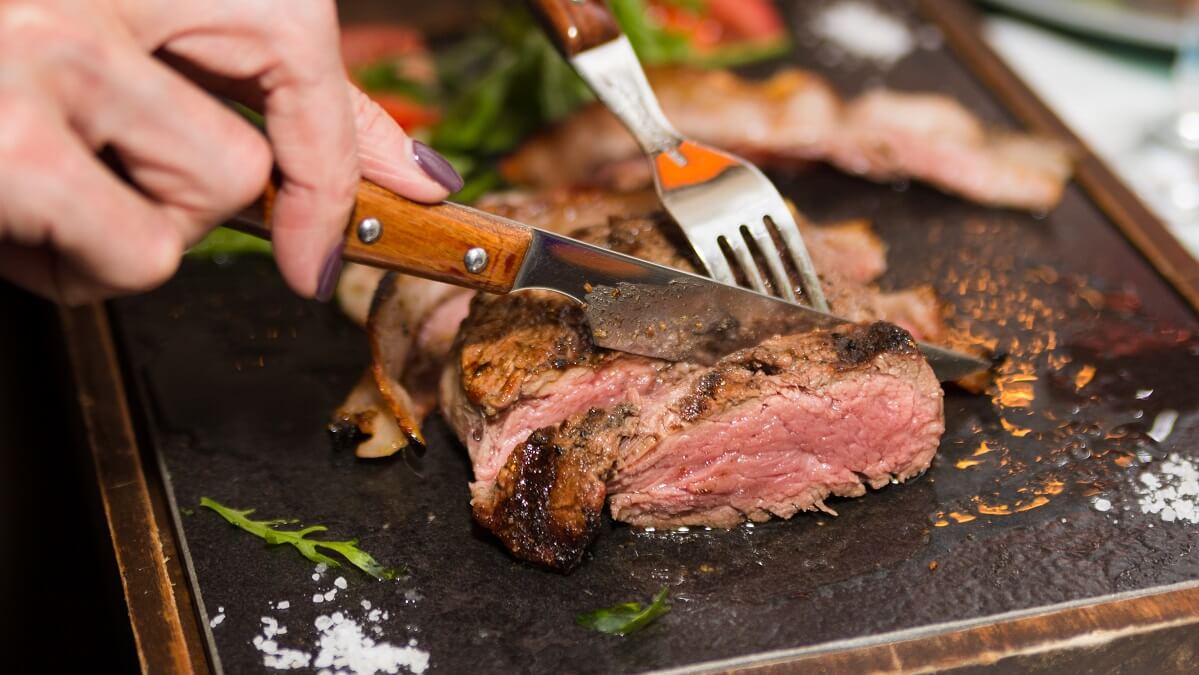Here’s some food for thought: What will we you be eating in 2050? Will your diet have changed much 27 years from now? I’ll be 85 then, and I’m hoping I’ve cut back on junk food somewhat by then – if I’m alive. On the other hand, I think I was hoping to do that 27 years ago!
But that’s me. Your story will be different (and hopefully healthier). There’s a much broader picture to be considered here when it comes to the year 2050. That year is a focal point for the United Nations (UN).
Specifically, 2050 is the focus of the UN food roadmap. The food roadmap aims to ensure a rising world population is adequately fed while staving off global warming. In 2050, the population is expected to have passed the 10 billion mark. There are currently around eight billion people in the world, so that represents close to a 25 per cent increase.
So how can we sustain a population of 10 billion while saving the planet? What foods will we need to give up? Which will we need to eat more of? And which new foods will we have to take on?
Food of the future
According to the UN roadmap, the ideal diet of 2050 will include more fish, more chicken and less beef. Many of you will recognise these as recommendations for a healthier individual lifestyle. As it turns out, they’ll help save the health of the planet as well.
The big problem with beef is methane emissions. This gas that comes from both ends of a cow is a huge contributor to rising temperatures.
That’s not to say the UN expects us to give up our steak sandwiches overnight. When it comes to cows and other ruminant animals – sheep, goats, moose, camels and deer – the UN’s aim is efficiency.
That can be achieved through a number of measures, including intensifying production in extensive systems, and promoting fattening livestock solutions. The UN’s food roadmap also advocates:
- developing more digestible feeds
- improving valuation of crop residues and avoiding their burning
- planting pastures with improved grasses and legumes
- providing seasonal feed supplementation (including but not limited to lipids)
- adopting new feed solutions such as seaweed.
Each of those will help make red meat production more sustainable. Having said that, the UN is also encouraging a switch towards more fish and chicken.
Only the beginning
These strategies represent only a small part of the UN’s food vision, the first part of which was unveiled at COP28. In what will be a three-volume roadmap, volume one, presented in Dubai, presents a “global vision”.
Volumes two and three will be presented at COP29 in 2024 and COP30 in 2025. Volume two will involve “moving from a global to a regional view and from a vision to costing and financing”. A year later, volume three will entail “establishing country action plans, monitoring and accountability”.
When it comes to planning meals, thinking ahead to 2050 might be a bit of a stretch. However, a gradual shift from red to white meat could do you a world of good. And it will probably result in you doing good for the world.
What do you think about the UN’s food vision for 2050? Would you be prepared to make a shift away from red meat? Let us know via the comments section below.


Have done so already and that includes all meat, I only east fish and that will probably be unsustainable in the future; plants are the way to go, there are lots of delicious veg recipes
Either way you are still killing and eating living beings. The earth cannot sustain the current global population which is already too high. At 10 Billion we are facing extinction as a species.: we will probably eating each other then.
Methane was the next go to as the arguments against carbon dioxide unraveled and can be proved to be false.
There is no impending shortage of food across the planet, not now, not in fifty years. Already it’s been said that as much as 30% of prepared foods in Europe, the UK, the USA and Canada are discarded uneaten. There are still vast areas that are suitable for both cultivation and grazing that are presently undeveloped. However, there is an agenda from activists from the left of politics who are working to prevent such resource utilisation and also working to step away from the efficiencies of contemporary western agriculture.
As infant mortality rates go down, the nominal life expectancies increase and the 90’s are a realistic point for natural end of life for many.
The oceans contain a vast supply of foods, but uncontrolled harvesting can strip an entire species out before it is even realised that it is in danger. (We may go back to harvesting whales in a controlled manner as they can be sustained.)
Remember that over the 60 years there are been a number of predictions of massive famines that have not eventuated. In fact over the past 200 years, whilst millions have died in famines, these have not been caused by real shortages of food but by politics and secondary factors.
If there is any change that anyone needs to make it is probably to moderate their consumption as a major killer in the US during the Covid crises was obesity. Eat only what is needed and prepare only what is needed.
Open range grazing of cattle in Australia and Argentina remain one of the most efficient and practical method of gaining protein from those vast areas.
Beef should remain on the menus for billions of humans well into the short and long term futures of this planet.